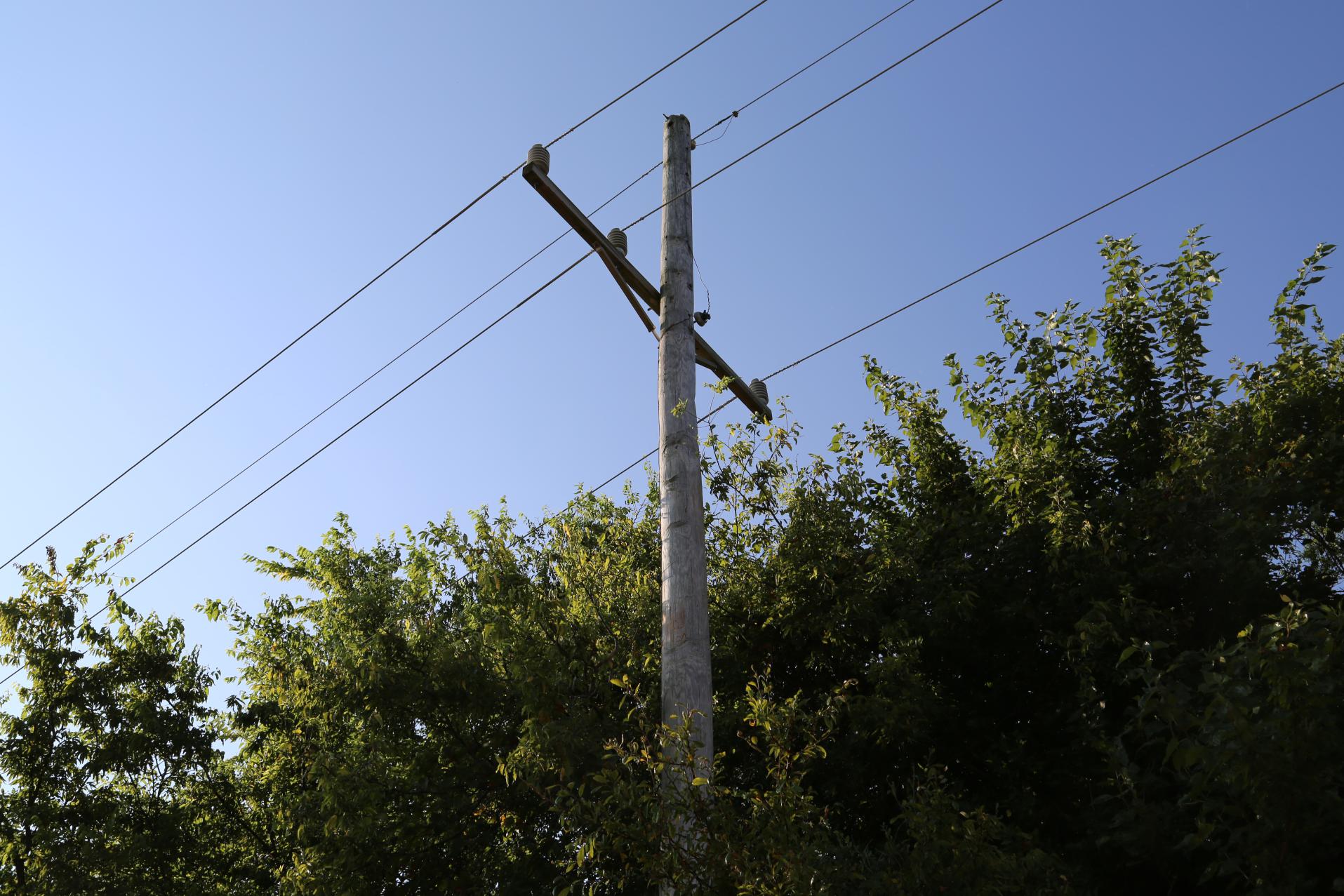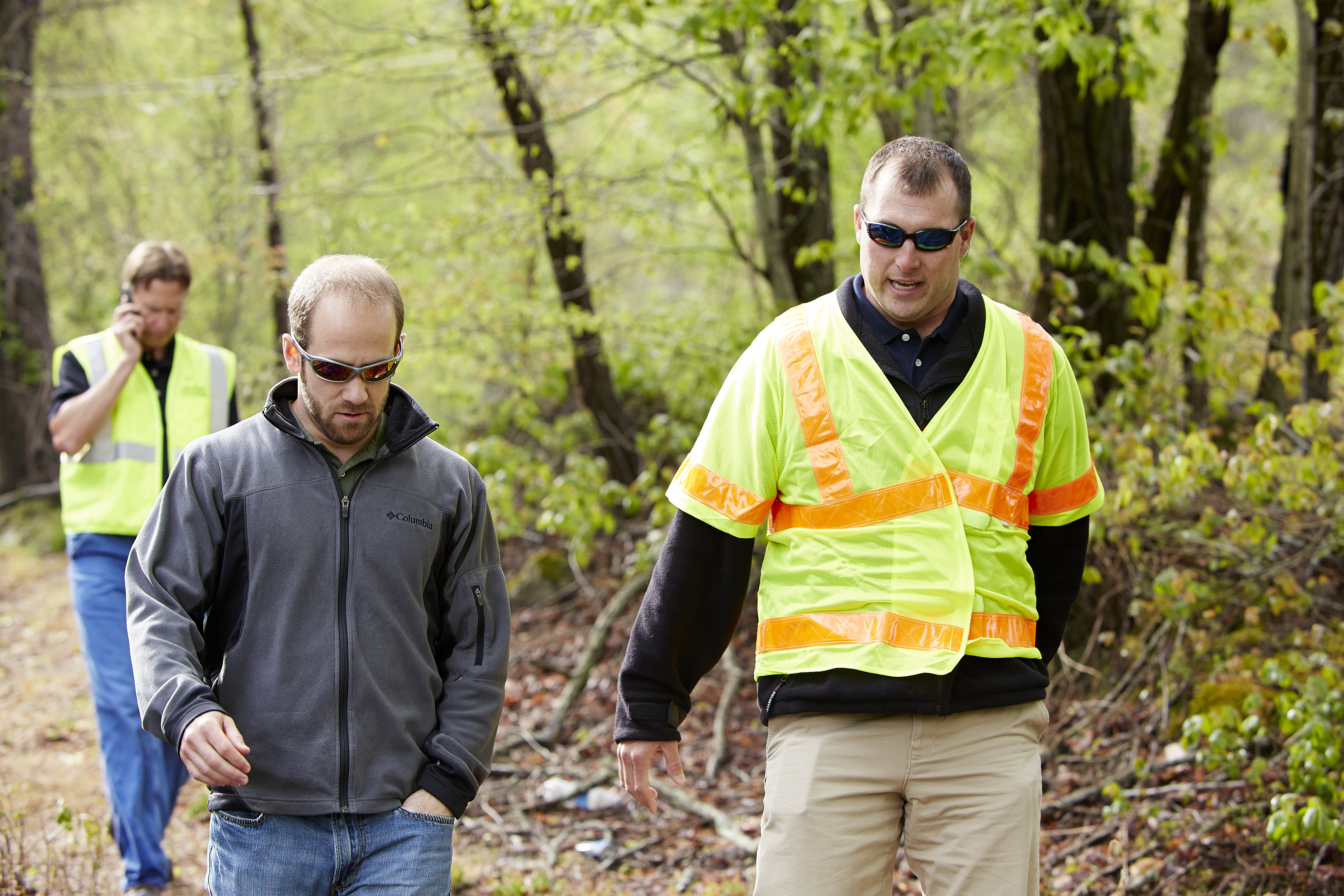Mowing and trimming practices are also nonselective, meaning they control all vegetation in their path. This can be devastating for native wildlife species that rely on food resources and shelter provided by biodiverse habitat. Lucky for vegetation managers and wildlife species alike, alternative control methods are quickly becoming industry best practices for environmentally minded vegetation managers.
Chemical Control Methods
Instead of using large mowing equipment that wreaks havoc on native plant communities, ground equipment can be used to complete herbicide applications that achieve woody plant control through utility rights-of-way and other noncrop sites. Per each product label, recommended usage rates will vary for each application site and whenever tank-mix partners are used. However, for each of the following application methods, Vastlan® herbicide from Corteva Agriscience can be used to control dozens of trees and other woody plant species, including Douglas fir (Pseudotsuga menziesii), locust (Robinia pseudoacacia), maples (Acer), oaks (Quercus), elms and sweetgum.
- High-volume foliar
- Low-volume foliar
- Cut surface treatments (tree injector, hack and squirt, frill or girdle, and cut-stump)
- Chemical mowing
Practitioners also can use chemical side-trim applications to control specific limbs or sides of trees that are likely to come into contact with overhead powerlines. In fact, Oklahoma Gas & Electric (OG&E) currently uses chemical side-trimming applications to selectively control portions of trees, including hackberries, elms and water oaks. This approach has improved not only cost efficiency and productivity for OG&E, but also the development of native plant communities that represent biodiverse habitat for native wildlife species.

 A variety of trees and woody plant species pose a risk to grow or fall into powerlines across the country.
A variety of trees and woody plant species pose a risk to grow or fall into powerlines across the country. Notify Your Neighbor resources provide tactics and strategies to support effective communications between vegetation managers and landowners or land entities.
Notify Your Neighbor resources provide tactics and strategies to support effective communications between vegetation managers and landowners or land entities.
